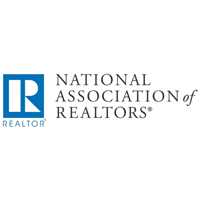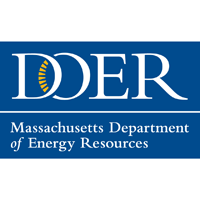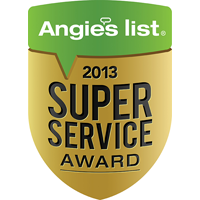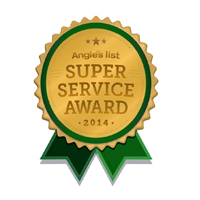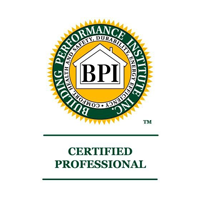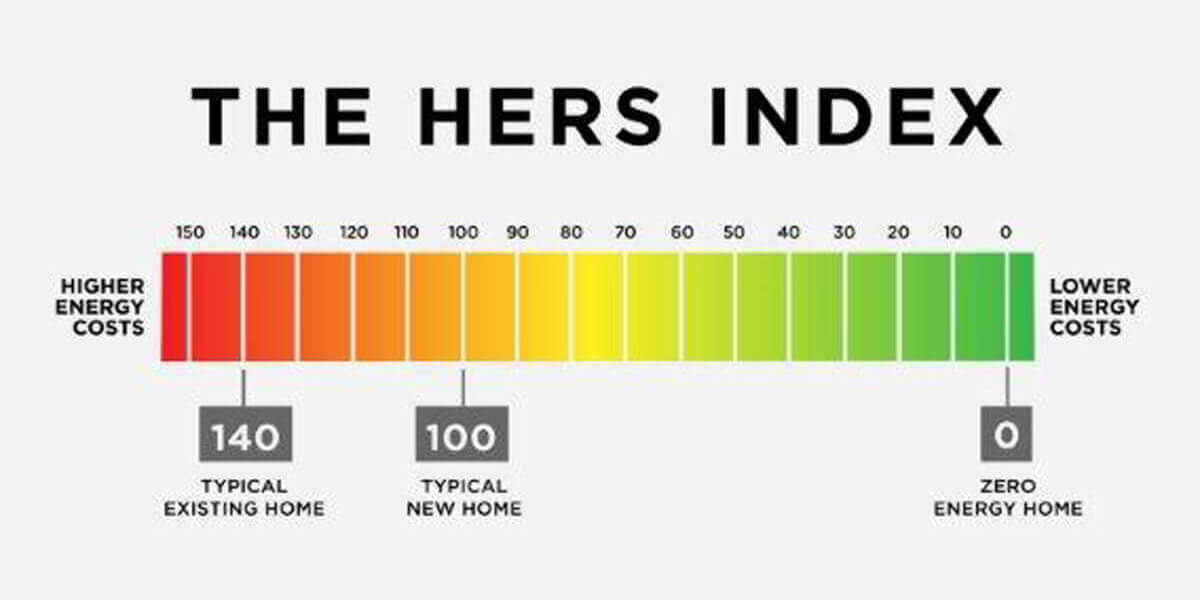Green is the color to be. In the media, at the office, and at the grocery store, we are constantly reminded of recent “green initiatives,” and encouraged to adopt a more earth-friendly lifestyle. Our country makes huge strides to grow more and more green, but unfortunately this label is used loosely and is not always accurate. Many buildings that claim to be “green buildings” actually do not save any more energy than their non-green competitors.
As the green movements make strides in building science, many architects and engineers are trying to find shortcuts. Luckily, many of these shortcuts have simple remedies—but it is better to get it right the first time rather than to react to mistakes already made in your home. These mistakes risk the “green” name, and mark many of the “green” promises as unreliable. Unfortunately for the truly green measures, these seemingly green strides cause homeowners to lose their faith in green initiatives.
A typical homeowner is no expert in building science, so contractors must provide the facts. This is where things can get tricky—make sure you do some research before committing to that new “green” installment. To help separate the true green, here are some ways to fake being green; these are the actions to avoid.
Many architects try to control a home’s airflow before enclosing the air. This step is often overlooked, but is crucial to an energy efficient home. Without insulating and air sealing, your home air is essentially free to mingle with the outside air. Hot in the summer? No matter how high you crank that air conditioning, a home that is not enclosed will not cool efficiently or effectively. A home can look good on the surface, but it is the unseen level of sealing that matters. A home can have an energy efficient heating and cooling system, but these systems defeat the “green” purpose if they function within an unsealed home.
To continue with a green surface, many buildings falsely appear green simply because of their materials. A building equipped with glass walls, solar panels, wind turbines, and any other green paraphernalia appears to be as green as it gets. To any onlooker, the building looks like a new, energy-efficient structure. Many of these measures are simply add-ons that attempt to make a non-green building greener. While technologies such as solar panels undoubtedly produce clean energy, these panels are a small part of a green home. To be a green home or a green building, the structure must remain energy efficient the entire way through, not just through energy efficient add-ons to the structure.
Any green home must start with a green frame. The home must be properly enclosed—insulated and air sealed—and further green measures can be taken from there. A home cannot exist without a foundation, just as a green home cannot exist without a green foundation. For your home, insulating and air sealing is the green foundation that seals and makes your home its own structure. Once independent from the outside weather, you can add on as many green technologies as you want—and they will truly help to make your home a green home. To create a green home, ask Dolphin about a green foundation.


